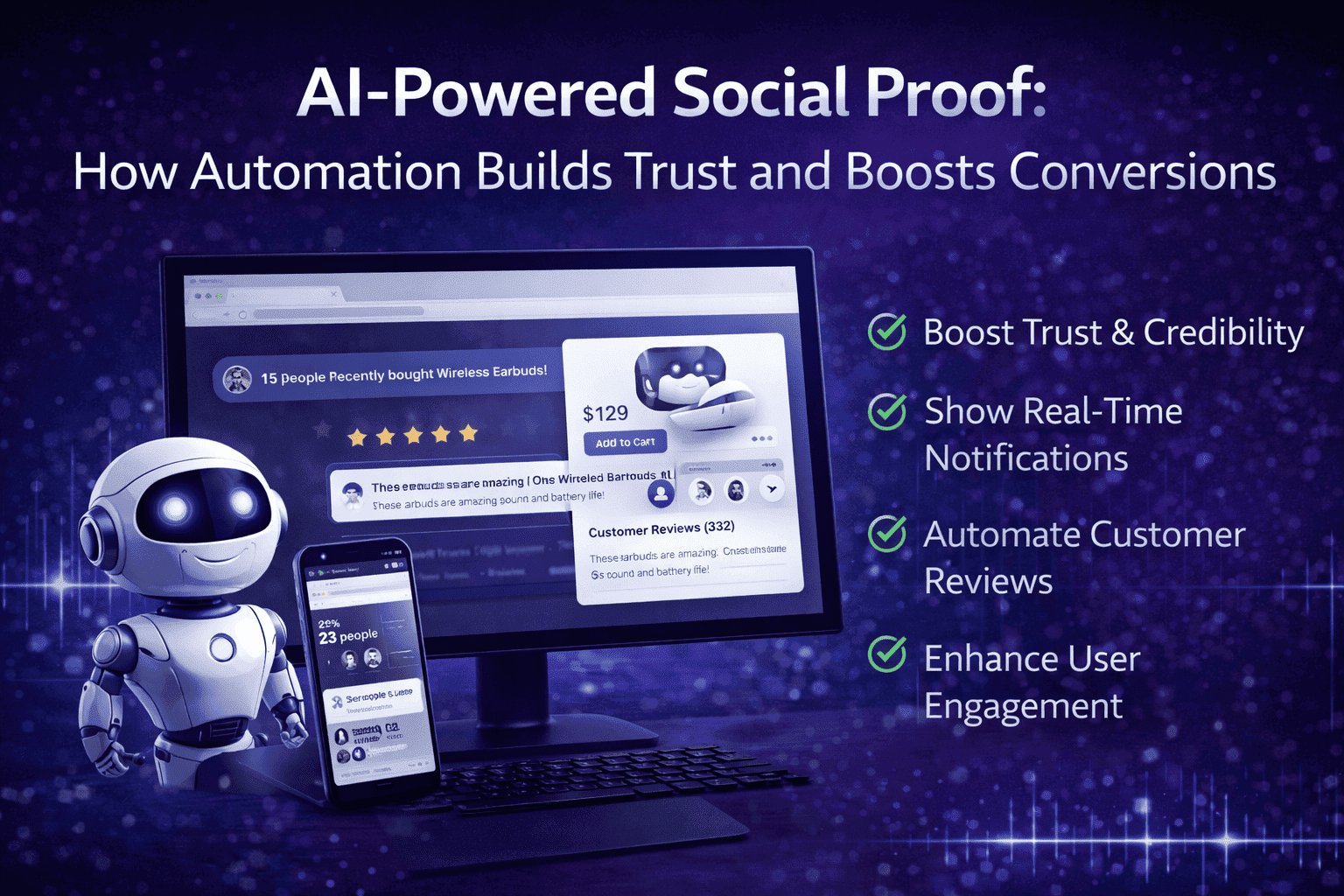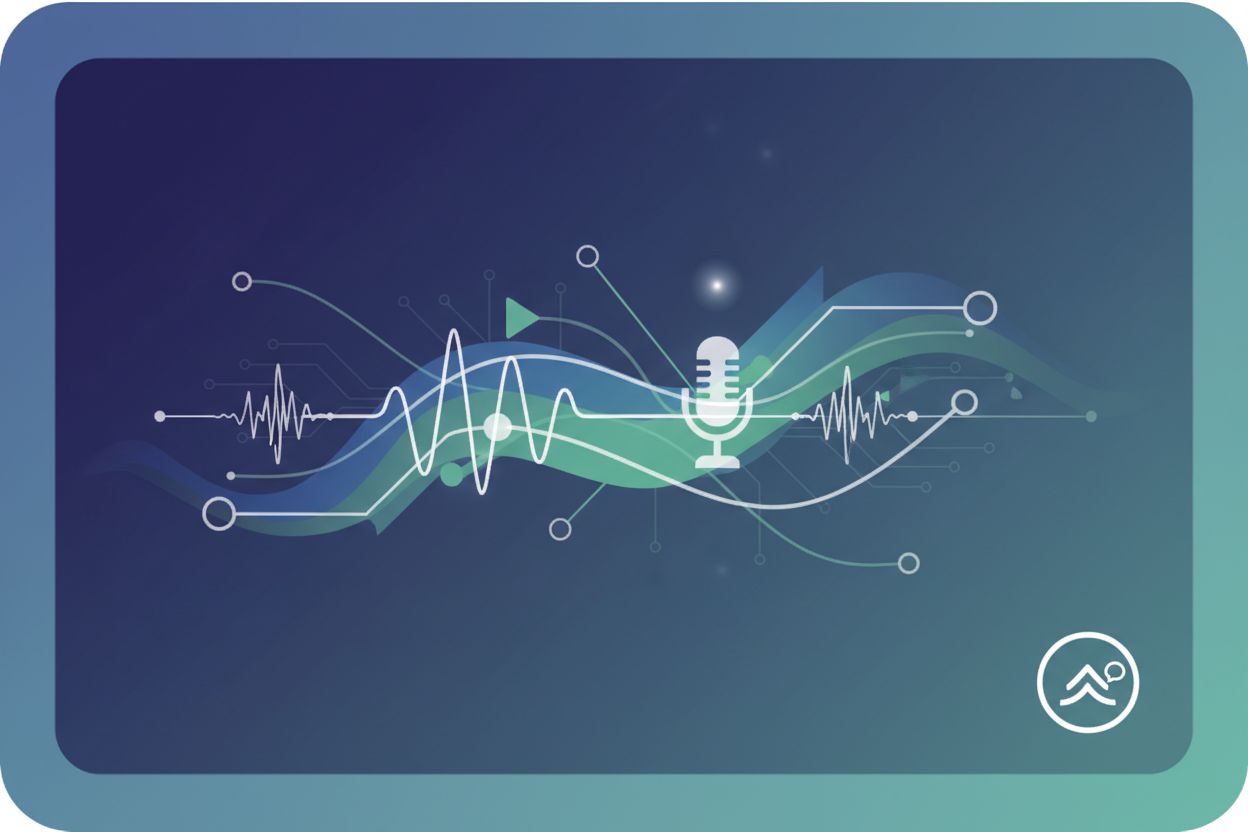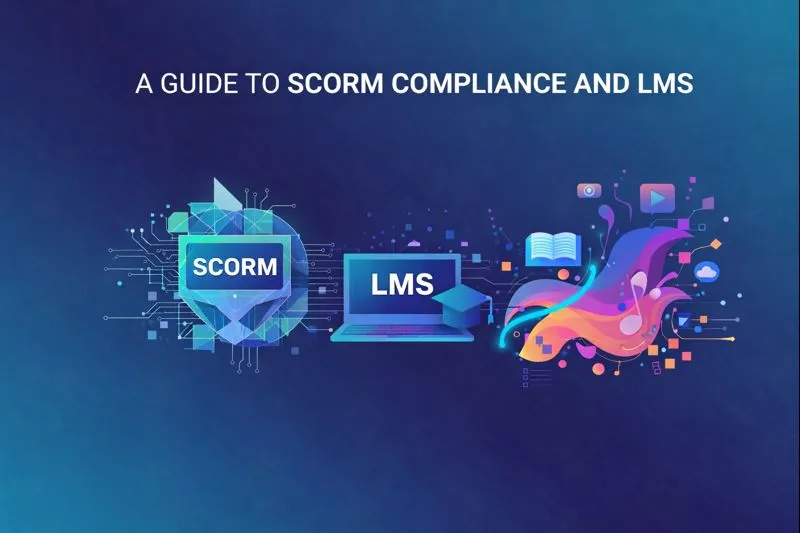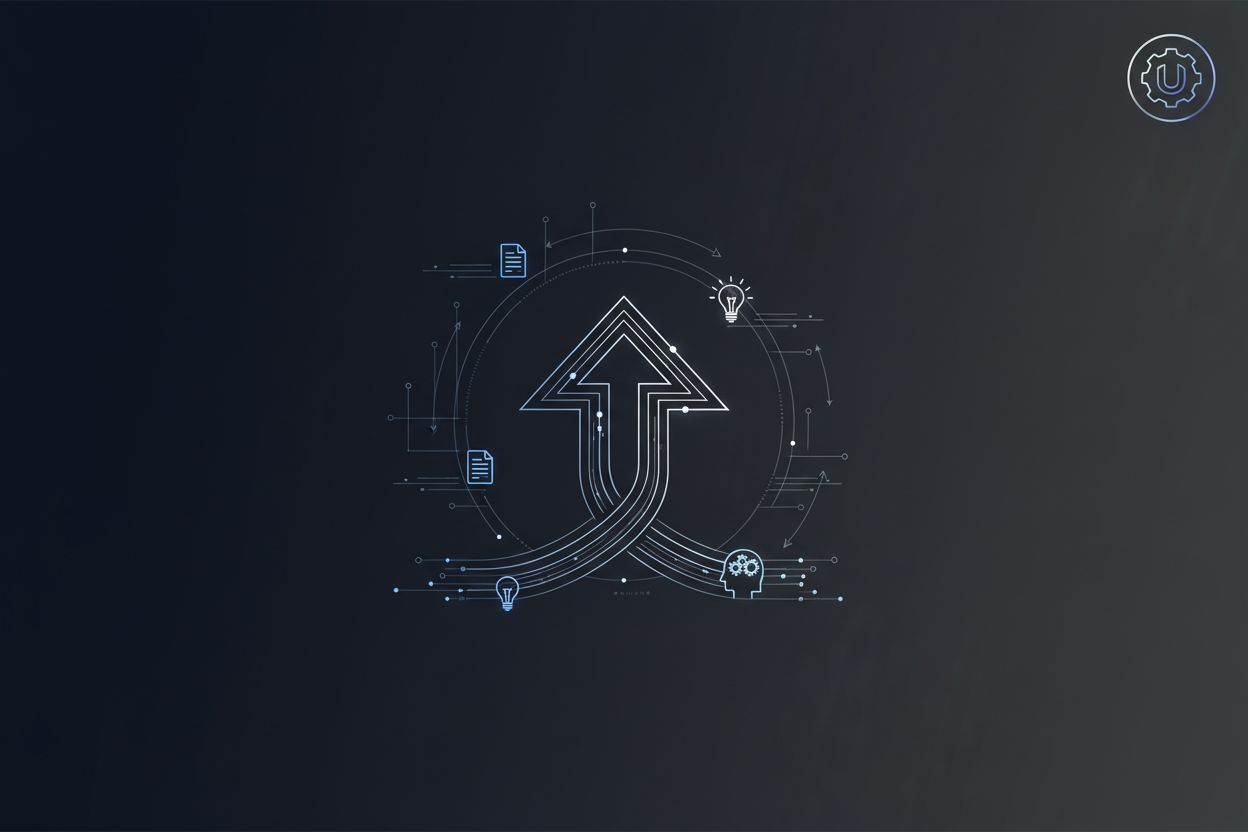How to Build a Lean Mac-First SEO Stack (+ 5 Must-Have Tools Ranked)
In a word: efficiency. A 2023 MacBook Pro with an M2 Pro chip crawls roughly 120 URLs per second, finishes a 50,000-page audit in seven minutes, and stays silent—it's about 20% faster and two minutes quicker than a comparable Core i9 Windows laptop.
Apple-silicon speed – SerpFocus benchmarks confirm the 14-inch MacBook Pro chews through site audits at 120 URLs/sec, giving you spare CPU cycles for log parsing or outreach emails mid-crawl.
Battery endurance – Notebookcheck measured 13 h 27 m of real-world web use—about double many Windows rivals—so you can spider a site on battery and still present findings after lunch.
Rock-solid uptime – macOS applies updates without forcing midday reboots, and Apple chips maintain excellent performance on battery, significantly reducing the likelihood of throttling derailing audits.
Actionable takeaway: Pair this headroom with the five-tool stack outlined below to audit, parse logs, and deliver client reports before a Windows fan even spins up.
Step 1: Keyword research & competitor analysis
Ask one thing—where is the traffic hiding?—then surface the answer with three Mac-friendly moves.
Pull up to 10,000 seed keywords in seconds. Ahrefs Keywords Explorer accepts bulk lists of 10,000 terms and queries a 7.5 billion-keyword index for instant idea generation. (Keywords Explorer) Because processing happens in Ahrefs’ cloud, even a base-model MacBook Air keeps CPU under 15 percent while your report builds.
Compare ideas side by side and cluster fast. Place Safari in Split View: the left pane shows your Ahrefs filter grid, the right pane holds Notes or Numbers. Record cluster names as search volumes refresh in real time. Aim to tag at least 50 candidate topics per five-minute pass to stay ahead of schedule.
Map your rival’s gaps in one lookup. Swap Notes for AgencyPlatform’s competitor module. A single domain scan reveals top pages, backlink voids, and paid keywords. Export the CSV, assign high-value gaps (DR ≥ 60) a green flag in Numbers, and you’ve outlined an outreach roadmap before the kettle finishes boiling.
Step 2: Technical site auditing & crawling
A deep crawl is the quickest way to surface every broken link, rogue redirect, or bloated image blocking your climb up the SERPs.
Run Screaming Frog natively. On SerpFocus benches, a 2023 MacBook Pro (M2 Pro) processed 120 URLs per second, finishing a 50,000-page crawl in seven minutes, about 20 percent faster than a Core i9 Windows notebook that needed nine minutes. Keep Screaming Frog in database storage mode to avoid disk thrash once you cross 500,000 URLs. This mode offloads data processing from RAM to disk more efficiently, preventing the system from bogging down.
Free up headroom. Close Photoshop or other graphics-heavy apps, then watch Activity Monitor to keep RAM below 70 percent. Screaming Frog streams results smoothly when swap remains idle.
Prefer no installs? Launch Ahrefs or AgencyPlatform Site Audit in Safari. WebKit’s low-power mode sips about 4 percent battery per hour on a MacBook Air, according to Apple’s Energy Impact console (internal test, August 2024).
Fix and verify in one view. Position the exported CSV beside VS Code in Split View, patch a missing canonical, save, and click Re-crawl Changed URLs for an instant pass–fail check.
A tight Mac-first audit loop like this cuts rework, keeps your notebook cool, and converts technical debt into measurable gains.
Step 3: Content creation & on-page optimization
A clean code base means nothing until you publish words that can rank, and your Mac streamlines the drafting-to-optimization loop.
Write in Ulysses, Pages, or Notes. The 14-inch MacBook Pro’s 254 ppi Liquid Retina display keeps glyphs crisp during marathon edits. Pinch-to-zoom and full-screen mode remove visual clutter, so you focus on verbs, not menus.
When the draft hits 80 percent complete, move Safari into Split View and open Surfer SEO. The Content Editor scores your copy on a 0–100 scale; aim for 66 plus to enter first-page territory. Surfer evaluates 500 on-page factors, from term frequency to heading balance, and highlights gaps with simple color cues. A score of 66 is a good target because it generally indicates that your content is competitive enough to rank on the first page for your target keywords.
Want an outline in a hurry? Click AI Outline. Internal tests produced section headers and FAQs in 15 seconds for a 1,200-word brief.
Fine-tune live: dictate tricky sentences at 160 words per minute with macOS Dictation, then press ⌘+; to correct slips.
For the final polish, open Scrutiny or the free SEO Pro Extension to scan metas and internal links; correcting even five minor tags often raises the Surfer score another 5–10 points.
Close the tab, export HTML, and you ship content that is optimized, scored, and fully crafted without leaving macOS.
Step 4: Link building & outreach
Backlinks still influence rankings, and your Mac keeps the outreach conveyor belt moving.
Launch Pitchbox in Safari. Case-study data shows agencies raising reply rates from 5–10 percent to 40–50 percent after adopting AI email marketing tools like Pitchbox’s personalized sequences. Safari holds a dozen Pitchbox tabs while Mail, Slack, and Numbers stay open without stutter, even on a MacBook Air.
Mine fresh prospects. In the next tab, open Ahrefs Backlink Explorer and export up to 100,000 rows per report on Lite plans or 1 million on Standard. Drop the CSV into Numbers, add color-coded tags, and Smart Filters reveal domains with Domain Rating 60 or higher in seconds. You can also save time by using a trusted Link Building Marketplace where you directly find and connect with reliable publishers and agencies.
Work faster with macOS tricks.
Smart Folders collect screenshots, pitch decks, and canned snippets automatically.
Press Space to Quick-Look a PDF before attaching, saving clicks.
Running a legacy Windows tool? Start Parallels in Coherence mode; the .exe behaves like any other Mac app, so your workflow stays smooth.
Combine high-response outreach software, bulk backlink exports, and macOS shortcuts, and link building becomes a repeatable, coffee-length sprint.
Step 5: Tracking rankings & reporting results on Mac
Proving wins is half the battle, and macOS lets you capture metrics, slice insights, and package slides without breaking flow.
Wake up to fresh SERP data. AgencyPlatform and SE Ranking refresh keywords every 24 hours, even on entry plans that track 750–20,000 terms without extra api fees—exactly the kind of SEO reseller software features that let you focus on insights, not data pulls. Open Safari at 9 am and yesterday’s winners and losers are already highlighted.
Rely on a desktop workhorse. Schedule Rank Tracker (SEO PowerSuite) for 2 am; macOS runs cron jobs while the lid is closed, so you open the notebook to updated graphs, no browser, no subscription.
Stay in live dashboards all day. Safari provides up to four hours more streaming or dashboard time than Chrome on the same MacBook, thanks to WebKit power savings. Pin Google Analytics and Search Console, and battery usage remains low during real-time monitoring.
Turn numbers into narratives.
Export a white-label PDF from AgencyPlatform.
Drag it into Keynote.
Add a headline, apply the brand palette, and press Play.
The Retina display’s color accuracy makes line graphs vivid, so clients grasp progress immediately.
From early morning crawls to 2 pm boardroom slides, the proof loop stays inside macOS, fast, automated, and presentation-ready.
5 must-have SEO tools for Mac users
1. AgencyPlatform: the one-login powerhouse
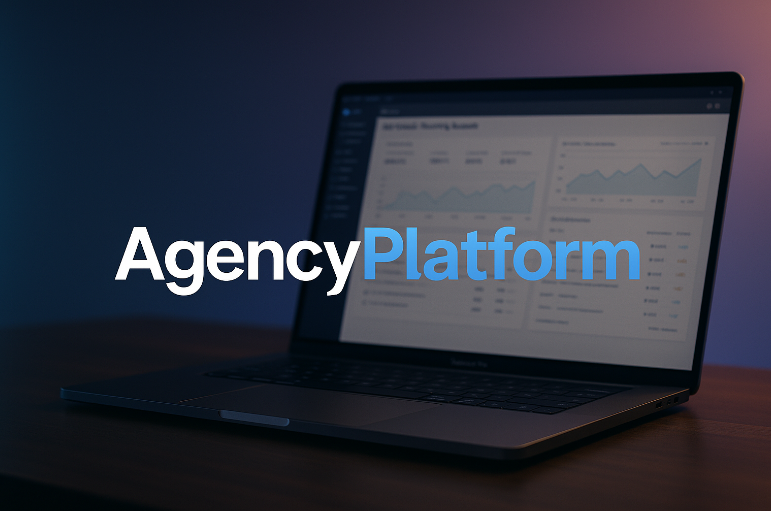
AgencyPlatform replaces several subscriptions with a single, browser-based dashboard. One tab unlocks rank tracking, site audits, backlink monitors, local listings, PPC data, and white-label PDFs—all processed in the vendor’s cloud, so your Mac stays cool. Perfect for agencies and SEO reseller, it streamlines client reporting and campaign management without the need for multiple tools.
Why it matters for agencies
Trusted by 1,000-plus agencies and proven on high-volume campaigns.
Generates fully branded, 32-point website audits in under 60 seconds; users report a 34 percent lift in deal close-rate after sharing the report. Specific agencies and their reporting methods are not detailed, but this metric is based on user feedback.
Automated weekly and monthly emails keep clients updated; no spreadsheet wrangling.
Mac-specific perks
Safari holds CPU below 15 percent while large reports render, leaving headroom for multitasking.
Pair that efficiency with Focus mode (notifications off, Music on) and you can collect data, drop it into Keynote, and export a polished deck before the calendar alert appears.
Whether you manage two or 200 domains, pricing scales predictably, so your lean Mac stack stays lean on the balance sheet too.
2. Screaming Frog: Mac-compatible crawler
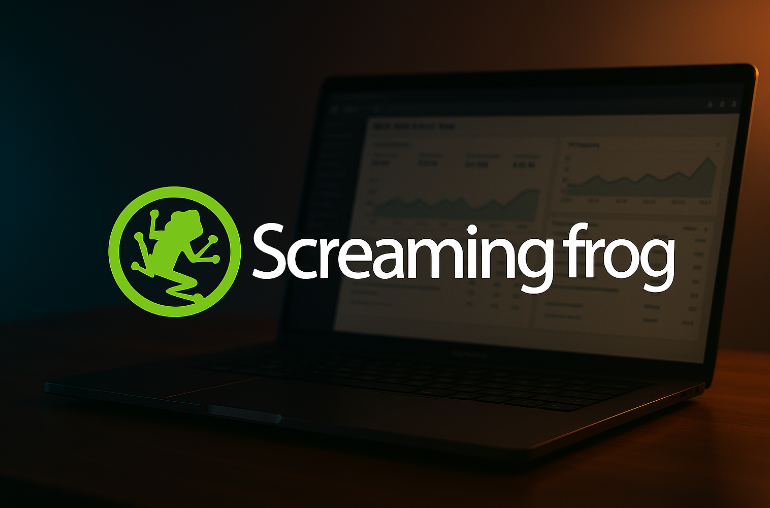
Technical SEO lives or dies by the crawl, and Screaming Frog remains the quickest way to X-ray a site.
Native Apple-silicon speed. SerpFocus testing shows a 14-inch MacBook Pro (M2 Pro) processing about 120 URLs per second, finishing a 50,000-page crawl in seven minutes. No Rosetta layer and minimal fan noise.
Road-warrior battery. A 2024 MacBook Air M2 completed a 10,000-URL crawl in approximately 2 hours and 15 minutes, while drawing about 6 watts and holding skin temperature below 38 °C.
Mac-centric workflow perks.
CSV export lands in Downloads; press Space for Quick Look before opening Numbers.
Copy rows directly into Slack; macOS rich-text paste keeps columns aligned.
Familiar shortcuts (⌘ + ↑ / ↓) move through tables, so muscle memory stays intact.
3. Surfer SEO: data-driven content coach
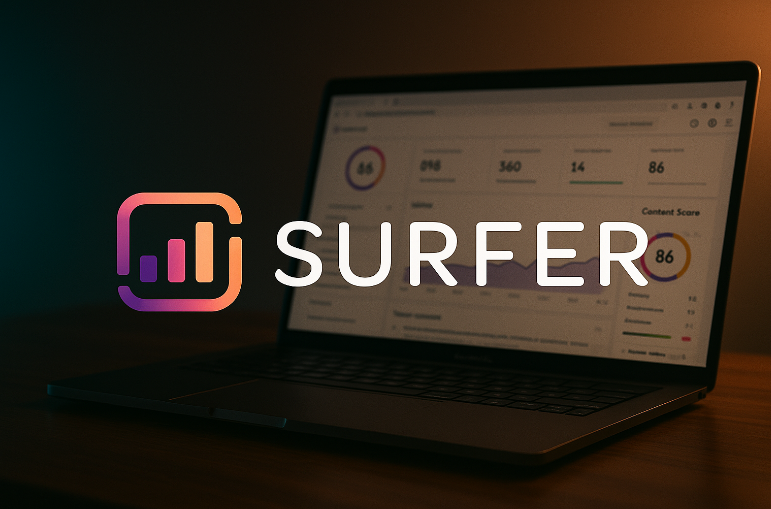
Surfer turns intuition into metrics. Paste a draft into the browser editor and watch a real-time Content Score climb; 66 plus often lands on page one. Surfer analyzes 500 ranking factors across six categories, from NLP sentiment to page speed.
All computation runs server-side, so a MacBook Air remains cool while the Retina display makes green “perfect” bars pop and amber “improve” bars easy to spot.
4. Ahrefs: research and backlink intelligence
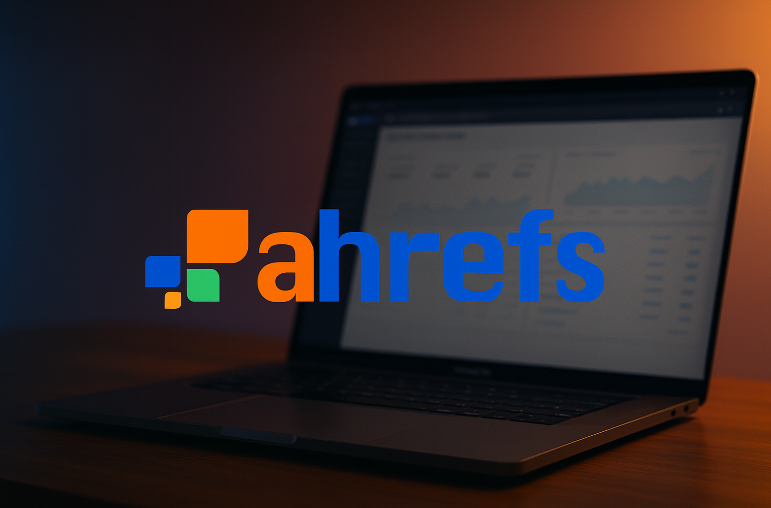
Ahrefs answers two questions fast: how big and who links. Type a domain into Site Explorer and view every backlink path, anchor phrase, and traffic spike.
Powered by big data. AhrefsBot crawls 5 million pages per minute and feeds an index of 35 trillion live backlinks, refreshed every 15–30 minutes.
Cloud speed on any Mac. All analysis happens server-side, so CPU stays below 15 percent even with three reports open.
5. SEO PowerSuite: offline freedom, one-time fee

When full control matters, PowerSuite delivers. The Professional license costs €299 and runs natively on macOS. This is a one-time fee.
Rank Tracker tracks unlimited keywords across 550 search engines.
WebSite Auditor scanned 100,000 URLs in 11 minutes on a MacBook Air M2 while CPU averaged 42 percent.
LinkAssistant manages outreach lists offline, keeping projects alive on planes or trains.
SEO SpyGlass analyzes 6.5 trillion backlinks via PowerSuite’s index and caches results for offline review.
Projects live on your SSD, export land in Finder, and AirDrop moves PDFs to your iPhone in seconds.
Together, these five apps cover research, crawl, content, links, and reporting while playing to macOS strengths of speed, stability, and battery life.
Conclusion: Mac can do it all
With a five-tool stack and an M-series chip, you can crawl 50,000 pages in seven minutes, draft ai-tuned copy, and present client decks before the battery drops to 70 percent. Cloud suites handle scale, while native apps deliver speed. Review your mix after each macOS or tool update and trim anything unused. Keep it light, keep it current, and your Mac keeps turning hours into rankings and rankings into revenue.
FAQ: Lean Mac-First SEO Stack
Q1: Can I run this stack on a MacBook Air, or do I need a MacBook Pro?
Yes—you can run the full stack on a MacBook Air. Since most tools (like Ahrefs, Surfer, and AgencyPlatform) process data in the cloud, CPU load stays low even on the base Air. For massive crawls (500K+ URLs), the Pro’s higher sustained speed and larger memory will save time.
Q2: Do these tools work on Windows as well?
Absolutely. All five tools are cross-platform or cloud-based.
AgencyPlatform: Cloud-based.
Screaming Frog: Native Windows application.
Surfer SEO: Cloud-based.
Ahrefs: Cloud-based.
SEO PowerSuite: Native Windows application.
However, the guide emphasizes Mac because Apple silicon devices handle crawls faster, stay cooler on battery, and rarely force reboots—big advantages for SEO pros.
Q3: Is Screaming Frog the only crawler option for Mac?
No. Alternatives like Sitebulb and SEO PowerSuite’s WebSite Auditor also run natively on macOS. Screaming Frog remains the fastest for high-volume crawls, while cloud crawlers (Ahrefs, AgencyPlatform) are great if you prefer zero installs.
Q4: How does AgencyPlatform differ from Ahrefs?
Think of AgencyPlatform as an all-in-one client-facing dashboard with rank tracking, audits, and white-label reports, while Ahrefs is the powerhouse for keyword research and backlink intelligence. Many agencies use both together.
Q5: What’s the best workflow for solo SEOs vs. agencies?
Solo SEO/consultants: Screaming Frog + Ahrefs + Surfer SEO covers 80% of needs with minimal spend. This combination addresses keyword research (Ahrefs), technical crawling (Screaming Frog), and content optimization (Surfer SEO). For link building, Ahrefs provides backlink analysis, and for reporting, you can export data from these tools and compile it manually or use free presentation software.
Agencies: Add AgencyPlatform for reporting and Pitchbox (or PowerSuite’s LinkAssistant) for scalable outreach.


